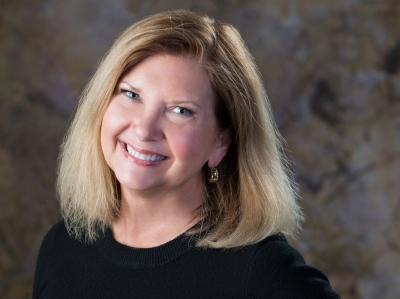Six Degrees of Murray Baker

We begin the New Year with a look back at central Illinois history. As we worked on this issue, one thing in particular stood out to me—all of the loose threads that weave these stories together. For example, I had known that Murray Baker was largely responsible for bringing Caterpillar to Peoria, but little did I know that he played the same role in bringing R.G. LeTourneau’s operations here as well! This places Baker at the heart of two pivotal moments in Peoria’s manufacturing history. He also helped organize the Peoria Association of Commerce, forerunner of today’s Chamber. Peoria would be quite a different place without Mr. Baker! This made me think of “six degrees of separation”—the idea that everyone in the world can be connected to everyone else in six or fewer steps. In that spirit, we were able to map connections to most of the historical articles in this issue:
- “Carnegie Legacy is Alive and Well in Peoria” (p. 78). A.G. Tyng, who helped bring Carnegie to Peoria, was married to Lucie Tyng, a co-founder of the Peoria Women’s Club.
- “The Women of Peoria Women’s Club” (p. 70). Julia Proctor White, one of Tyng’s friends and another PWC co-founder, was an 1891 graduate of Peoria High School.
- “Ever-Changing Peoria High” (p. 82). Thirty-one PHS alumni served in the Civil War.
- “Peoria’s Civil War Heroes” (p. 66). Civil War hero Robert Avery founded the Avery Company, a giant of Peoria manufacturing in the late 19th and early 20th century.
- “Made in Peoria: The Birth of Industry” (p. 32). The old Avery Company plant was purchased by R.G. LeTourneau when he brought his operations to Peoria.
- “R.G. LeTourneau: God’s Businessman” (p. 50). LeTourneau and Caterpillar provided earthmoving equipment to the Allies during World War II.
- “Women Answer the Call in Wartime” (p. 54). Caterpillar, which employed women in large numbers during the war, will build its new visitors center on the old Sears Block.
- “Before It Became Museum Square: The History of the Sears Block” (p. 40). Museum Square is partially situated on the site of Fort Clark.
- “Fort Clark Constructed at Peoria in 1813” (p. 42). Some of the old French land claims cases were handled by a young lawyer named Abraham Lincoln.
- “Lessons from Lincoln” (p. 64). J.C. Penney once said, “No one today can seriously study the life of Abraham Lincoln without being—in one way or another—emancipated.”
- “Chillicothe, Tom Callahan and J.C. Penney” (p. 46). President Reagan often traveled through Chillicothe to reach Eureka College from his home.
- “The Ideal Alum: Ronald Reagan and Eureka College” (p. 58). U.S. Rep. Bob Michel was Reagan’s point man in Congress and once lived in the Uplands.
- “Really, Really Exciting Real Estate Development!” (p. 80). The Uplands subdivision was originally part of the Lydia Moss Bradley Farm.
- “On Special Collections” (p. 86). The Special Collections Center at Bradley University holds the collection of the Peoria Historical Society on deposit.
- “Preservation Stories: It’s Not Just About the Objects” (p. 84). The Peoria Historical Society collection contains the archives of the Peoria Area Chamber of Commerce.
- “Taking Care of Business for 100 Years” (p. 36). Congratulations to the Peoria Area Chamber on its 100th anniversary in 2011. iBi

